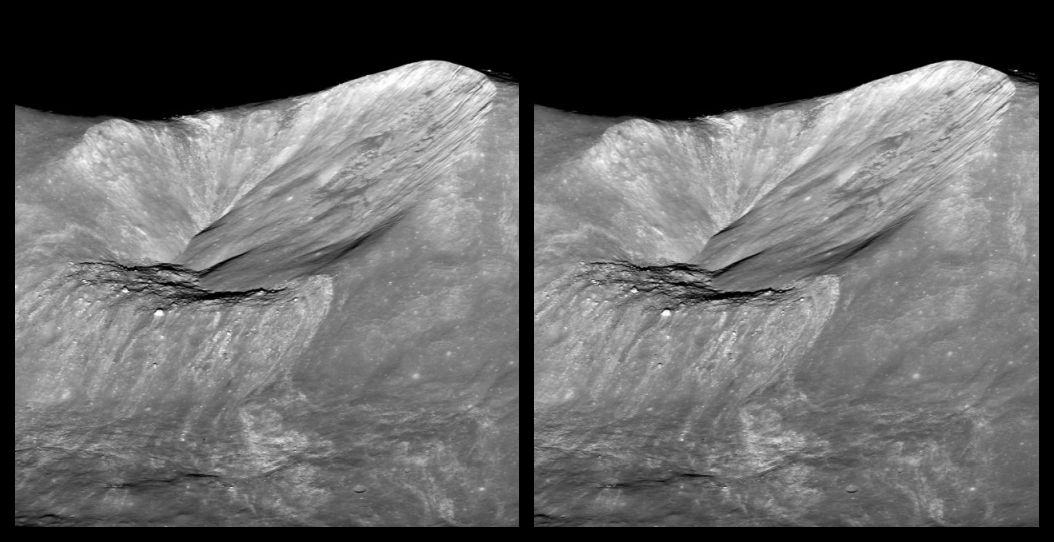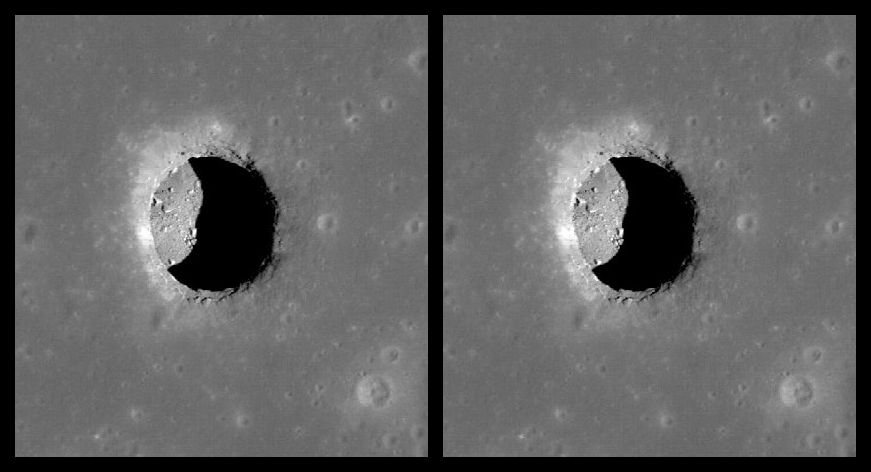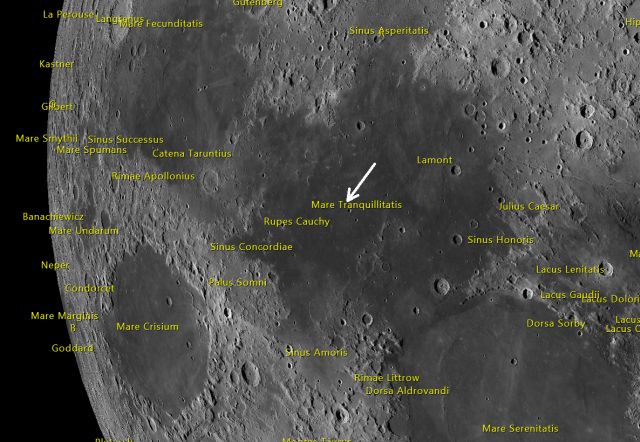I was pondering compact and, of course, inexpensive solutions, and came upon this post on Stargazers Lounge. The observer uses a mini-tripod with one leg removed, resting the other two legs on his shoulders. This seemed like a great idea, except you still have to keep your elbows raised, which introduces both unsteadiness and fatigue.
Taking that idea a step further, I devised a very simple apparatus that I call the Bino Body Mount, which solves the problem of having to raise your arms by adding a 90 degree handle to each side of a basic wood frame. You don't have to buy a mini-tripod, just a cheap 1x2 furring strip (my go-to wood for this kind of thing), a binocular tripod adapter, a 1" 1/4-20 stud knob, two star knobs, two hanger bolts, a flat washer, two fender washers, two neoprene washers, four wood screws, and two tennis balls (well, three really because they come in 3-packs). See parts and tools list at the end.The mount breaks down flat for packing by removing three knobs. It's very lightweight, and can be used standing or sitting in any type of chair. Your arms stay at your side to provide comfortable support when standing and rest on the arms of your chair when sitting. As you recline further back toward the zenith, the shoulder bars transfer more and more of the weight to your shoulders, resolving the problem of raising your arms and tiring quickly. The Bino Body Mount also improves the view and fatigue factor with any size binoculars because you don't have to hold them in front of your face with your arms raised.
For Comet C2023/A3 (Tsuchinshan-ATLAS), I sometimes used the mount standing because it was relatively low to the horizon and I really didn't need a chair. It worked great. I wouldn't recommend standing and looking anywhere near the zenith with binoculars, whether handheld, on a Bino Body Mount, or on a tripod. That's just painful and awkward.
For objects near the horizon, you can sit up and rest your arms on the chair arms.
Note: That's a Bino Bandit around the eyepieces. It's a neoprene eyepiece light shield that I highly recommend despite it's relatively high cost because it works so well.
You're not going to get rock steady views with this, but surprisingly close, and your arms and neck won't get tired. My brother and I spent many hours on our Arizona vacation using these, and they worked great with almost no fatigue. You will primarily see a jiggle from your heartbeat. You can look around anywhere in the sky that you could just handholding the binoculars. You can loosen the knobs to tilt the bino bar at whatever angle works best for you. You can adjust focus with one or both hands.
At this point, I am using the Bino Body Mount for all of my binocular astronomy observations, regardless of whether I'm traveling or not. It's simple, it's lightweight, it's compact, it's inexpensive, it's easy to build, and it works very well.
Sep. 2025 update: I was out at one of my astronomy club's observing sites recently and spotted a Bino Body Mount made by a fellow club member. He made it without the knobs, but still very serviceable! Mounting a 20x80 Zhumell binocular.Build it
The critical measurement is the distance from the tripod threads in between the barrels of your binoculars to the end of the eyecups, what I call the "thread-to-eye" measurement. The correct distance places the binocular eyepieces exactly where they would be if you were handholding them. This doesn't need to be super precise- within 1/2 or 1/4" is fine. You can tilt the bino bar when observing to make up for any slight error.The pieces disassembled for packing in a suitcase. This mount has longer shoulder bars with two sets of holes to accomodate both my porro and roof prism binoculars. No tools required to assemble and disassemble. Just unscrew three knobs.
- Always carry the apparatus by holding the binoculars. That way, if you forgot to tighten something or it got loose, it's the mount that will hit something, not your binoculars.
- Apropos the above, periodically check that the three knobs are tight.
- Some tilting of the binoculars from side to side on the tripod adapter is desirable so that if you are looking off to the side a bit it will stay lined up better with your eyes.
- When observing near the horizon while sitting, I like to rest my palms on the side knobs with my fingers curled around the ends of the handle bars, tucking my elbows in for support
Parts list
1x2 furring strip (6 ft.)
Binocular tripod adapter (example)
1" 1/4-20 stud knob (most come in multi-packs- good for lots of projects)
Two 1/4-20 2" diameter threaded five-star knobs
Three 1/4" hole flat washers
Four 1-1/4" wood screws
Two tennis balls or pre-cut tennis balls
Tools:
Tape measure or ruler
Power drill with 1/4" and 11/64" (or close) drill bits, and phillips head bit (or screwdriver, or both)
Hand or power saw
Two 1/4" hex nuts and two 7/16" combination wrenches or pliers (to screw in the hanger bolts)
Sturdy pointed knife and heavy leather gloves to make holes/cuts in tennis balls if you don't buy them pre-cut
Sandpaper, tack cloth, paint, and paintbrush
Nice to have but not essential:
Mitre box (to make straight cuts)
Clamps (to hold the wood for sawing and drilling)



















































